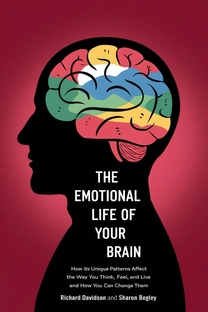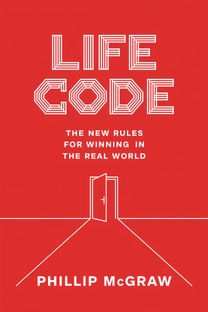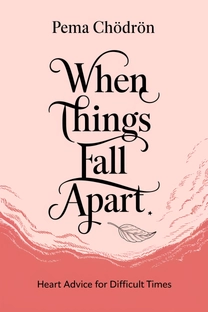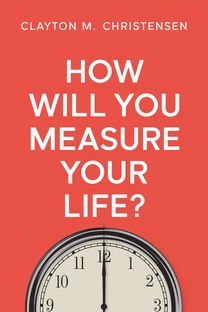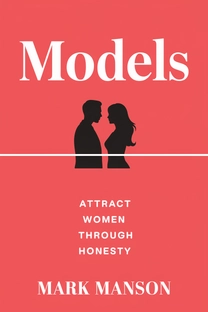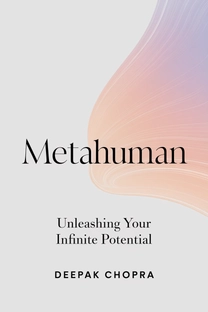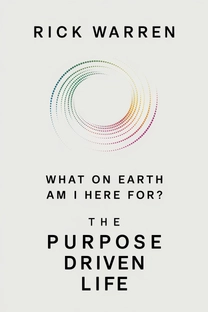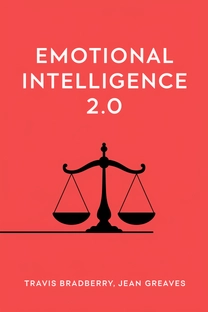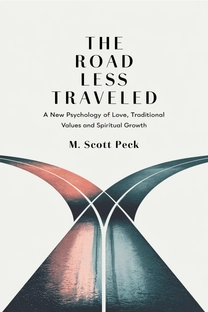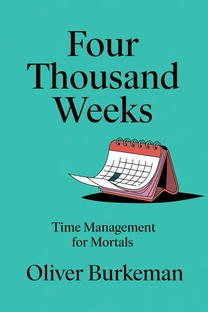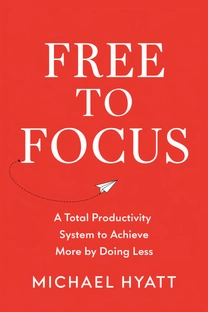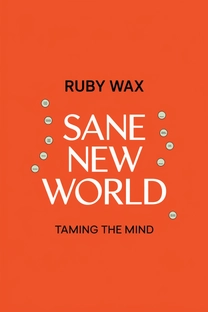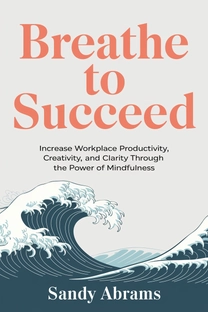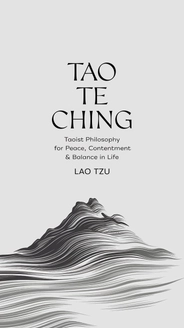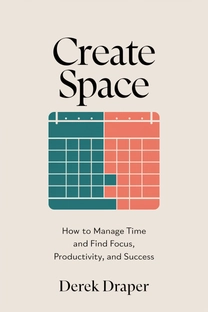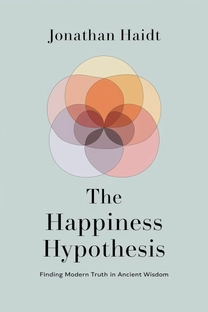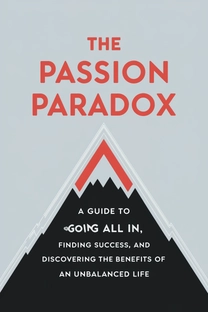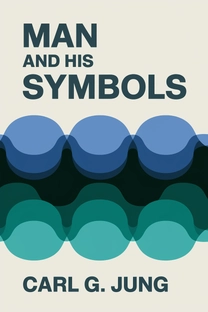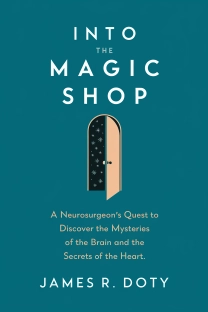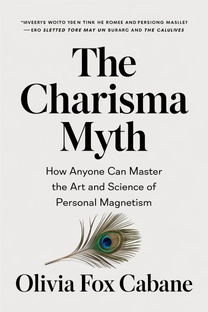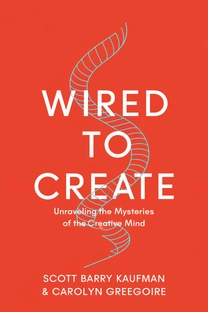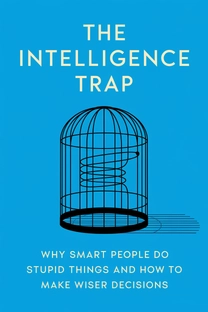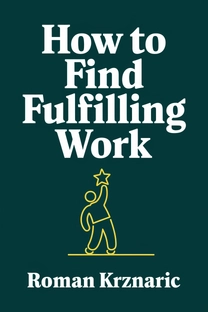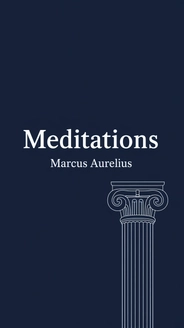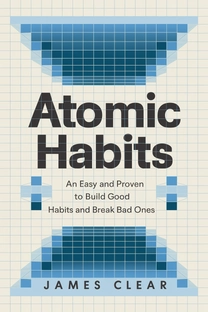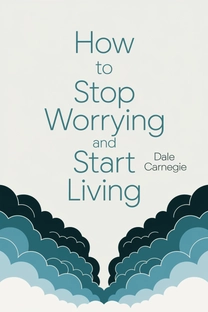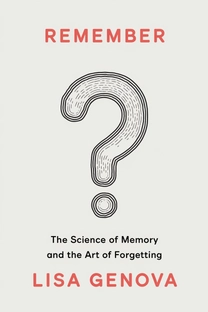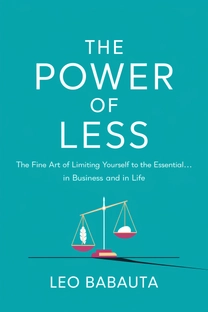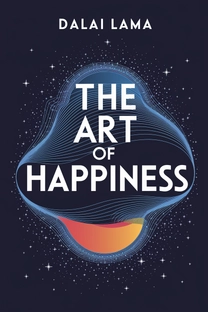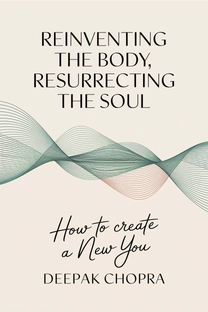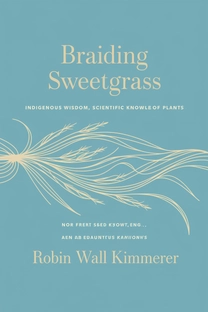
Tao Te Ching
by Lao-Tzu, John Minford
Brief overview
This book explores the profound yet paradoxical philosophy that centers on living in harmony with the natural way of things. It teaches that the path to inner peace involves staying flexible and humble while embracing the silent wisdom that lies beyond words. By following its teachings, readers can discover simpler, more authentic ways of living in alignment with the rhythms of the universe.
Entering the Way
In this opening section, we discover that the core teaching of this text is often called the Way or the Tao—an expansive concept that eludes exact definition. Rather than being a static doctrine, it is the living principle behind all cycles of nature. The more we try to name or fully describe it, the further it seems to slip from our grasp.
What then can we do to understand the Way if it defies words? The suggestion is simple: we learn by stepping back from rigid beliefs and listening deeply to the rhythms of the world. According to the text, stillness is a powerful teacher, showing us more than any formal lecture could.
We also see a gentle critique of worldly customs: chasing after possessions or status only pulls us further from peace. Instead, we are encouraged to settle into the natural flow of life, letting the mind be open to subtle insights rather than dogmatic rules.
Observing Contrasts
This portion highlights the idea that all qualities—such as beauty and ugliness, wealth and poverty—arise in contrast to each other. A tall tree is only tall when measured against a shorter one. This observation leads us to question how easily we become trapped in labels.
By seeing that these concepts exist in pairs, we start to loosen our grip on them. Rather than judging one side as absolute, the teaching nudges us to appreciate the interplay. This broader vision fosters tolerance and compassion, for we see that everything is relative and fluid.
Hence, when we make space for contradictions—like allowing both stillness and action—we begin living in harmony with nature's unfolding. Such an approach reveals that freedom comes not from controlling life’s ups and downs, but from embracing them as part of a grand, ever-shifting tapestry.
What is Tao Te Ching about?
The Tao Te Ching, a seminal Taoist text authored by Lao-Tzu and translated by John Minford, delves into the profound philosophy of harmony and balance inherent in nature. Consisting of 81 succinct chapters, the book encapsulates essential themes such as simplicity, humility, and the concept of Wu Wei, or non-action. With this timeless classic, readers are invited to explore the transformative potential of releasing rigid judgments and cultivating inner peace.
Esteemed for its brevity yet potent wisdom, the Tao Te Ching serves as a guide to living authentically and forging a meaningful connection with the universe's innate rhythms. It extols virtues like gentleness and introspection, encouraging readers to embrace a life less fraught with conflict and more aligned with nature's seamless flow. Its philosophy transcends temporal boundaries, offering tools for self-discovery and tranquility in a tumultuous world.
This text matters as it fosters introspection and offers a path to serenity amid chaos. By highlighting the significance of gentle strength and quietude, the Tao Te Ching remains an indispensable companion for those seeking to navigate life's complexities with grace and wisdom.
Review of Tao Te Ching
The translation by John Minford captures the profound wisdom of the Tao Te Ching in a way that resonates with both new and seasoned readers of Taoist philosophy. One of the book's key strengths lies in its ability to distill complex ideas into eloquent simplicity, making the teachings accessible yet deeply transformative. Minford's careful crafting preserves the nuances of the original text, allowing its timeless messages to shine through seamlessly.
This book stands out due to its practical applicability, offering insights that can be seamlessly woven into modern life. Whether it's embracing the concept of "letting go" to alleviate stress or understanding the power of strategic non-action, the teachings in the Tao Te Ching provide tools for cultivating a balanced and harmonious existence. The accessible prose invites readers to engage with the text organically, reflecting a writing style that is both enlightening and conversational.
Tao Te Ching is particularly relevant for individuals seeking solace from the incessant hustle and strive for "more." It caters to those in the throes of modernity, yearning for peace by reconnecting with ancient wisdom. For anyone navigating life's uncertainties, this book comes highly recommended, as it offers enduring insights into living authentically and in harmony with one's surroundings.
Who should read Tao Te Ching?
- **Mindfulness practitioners:** Individuals dedicated to practices like meditation or yoga will find valuable insights on living with intention and cultivating inner peace.
- **Leaders and managers:** Those in positions of authority can glean lessons on leadership principles that promote harmony, balance, and non-coercive influence.
- **Philosophers and spiritual seekers:** Readers interested in the intersections of philosophy, spirituality, and personal growth will appreciate the text's profound, thought-provoking themes.
- **Environmental enthusiasts:** Individuals passionate about nature and sustainability may find the Taoist perspective fosters a deeper connection with the environment.
- **Stress-management seekers:** Anyone seeking a reduction in stress or who faces anxiety can benefit from the text's teachings on simplicity, letting go, and embracing the natural flow.
About the author
Book summaries like Tao Te Ching
Why readers love Mindleap
10-Minute Book Insights
Get the core ideas from the world's best books in just 10 minutes of reading or listening.
Curated For You
Discover your next favorite book with personalized recommendations based on your interests.
AI Book ExpertNew
Chat with our AI to help find the best book for you and your goals.
Reviews of MindLeap
Love how I can get the key ideas from books in just 15 minutes! Perfect for my busy schedule and helps me decide which books to read in full.
Alex R.
The summaries are incredibly well-written and the audio feature is perfect for my commute. Such a time-saver!
Jessica M.
Great app for personal growth. The insights are clear and actionable, and I love how they capture the essence of each book.
Chris P.
The app is beautifully designed and the summaries are top-notch. Definitely worth every penny!
Sarah K.


